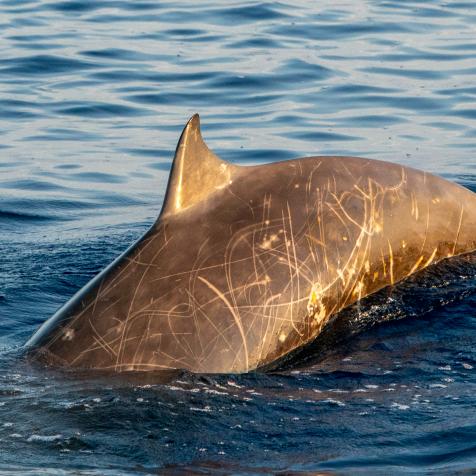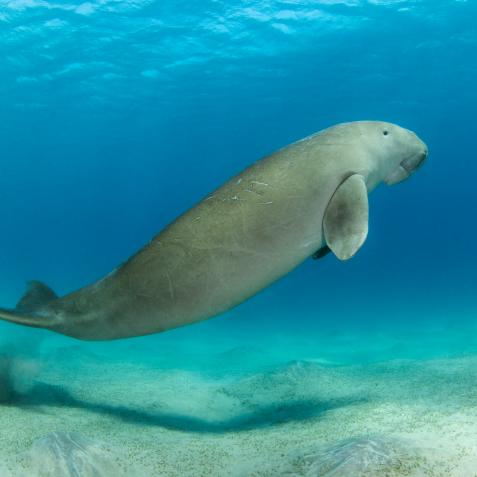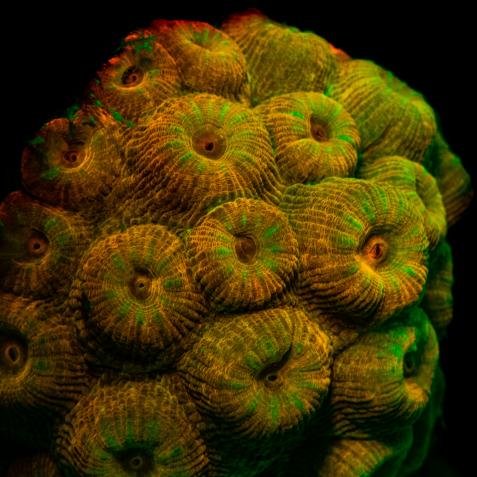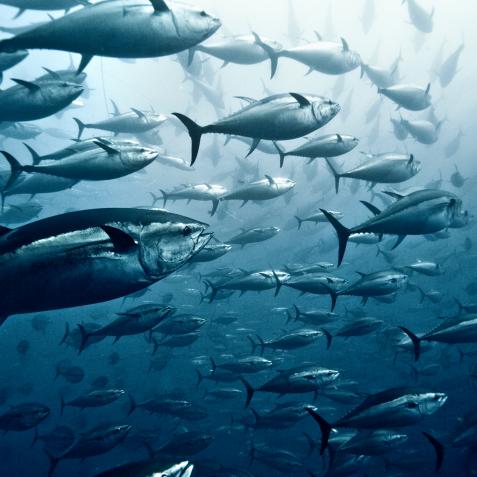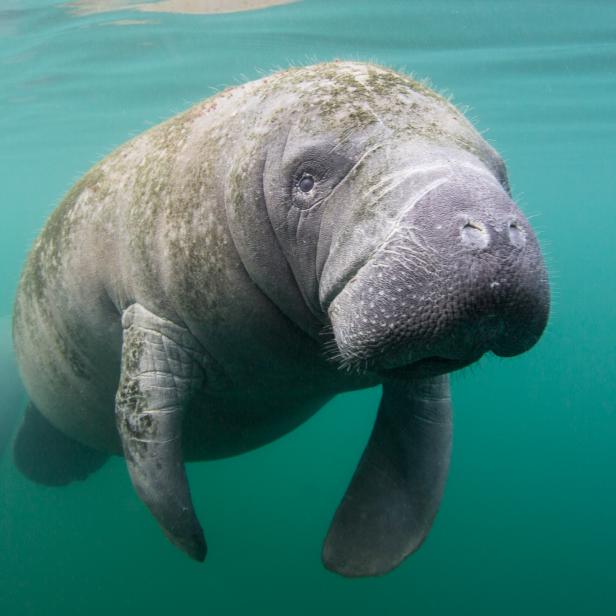
Brent Durand
How to Help Florida’s Imperiled Manatees
One morning earlier this spring, a young male manatee was found stranded, starving, and distressed on the beach of the Palm Coast.
A rescue team was called while beachgoers draped wet towels over the animal to try to keep him cool. He was transported to Jacksonville Zoo, where the manatee, who was later named Gerard, was rehabilitated for 10 weeks until he was well-fed enough to re-enter the wild again.
Gerard was one of the lucky ones; 968 manatees have died this year alone according to the National Oceanic and Atmospheric Administration, which the organization described as an “unusual mortality event”.
Decades of pollution caused by farming and real estate development in the region have pushed the ecosystem to the brink, causing the manatees to starve.

James R.D. Scott
Last year, one scientist who works for the Florida Fish and Wildlife Conservation noticed a worrying trend. Martine de Wit sampled tissue from manatee carcasses and found they were severely emaciated, with some up to 40% below their body weight.
The 156 mile-long Indian River Lagoon is a waterway that serves as a seasonal habitat for thousands of manatees. But pollution is killing off seagrass in the lagoon, meaning the manatees – fondly dubbed “sea cows” – cannot find enough food to eat. In some instances, they’re even eating seagrass roots in desperation, which is likely to permanently kill the aquatic plants.
Republican State Representative Thad Altman, who represents the county that the lagoon is located in, called the scenario a “catastrophe”.
What’s crucial now is cleaning up the waterways, not just in the lagoon but elsewhere along the East Coast. Manatees migrate as far as New England during the summer months to find food, and return to Florida’s rivers and coastal lagoons in the winter, as they need warm waters to survive.
However, manatees have begun sheltering near coastal power plants, which expel warm discharge into the water, tricking the manatees into thinking the area is a safe haven, when in fact it’s contaminated and barren.
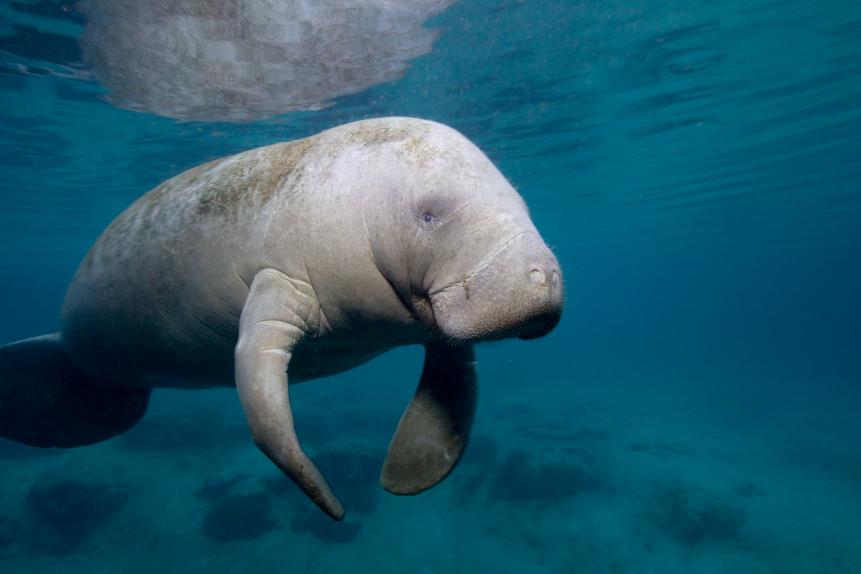
Stephen Frink
So, how can you help?
One of the most important factors is that the waterways are unpolluted, so if you live in Florida, sign up for clean-up events taking place in your area. If you’re a fisher, make sure to recycle your monofilament fishing line in designated bins near docks, ramps, or in tackle shops. If you don’t have one, get your local civic group to install a recycling bin in your area.
If you’re a tourist visiting Florida, only travel with responsible ecotourist groups. There are numerous tours offering people the chance to swim with manatees, but this isn’t always best for the animals, who can be easily disturbed and stressed. Boat propellers are also lethal for manatees, and so if you own a boat use propeller guards, reduce your speed and avoid traveling in seagrass or other shallow areas where manatees may be feeding or resting. You can also buy a Save the Manatee specialty license plate or donate funds to the manatee program that has allowed the state to develop management and research projects that protect and conserve these special creatures.










